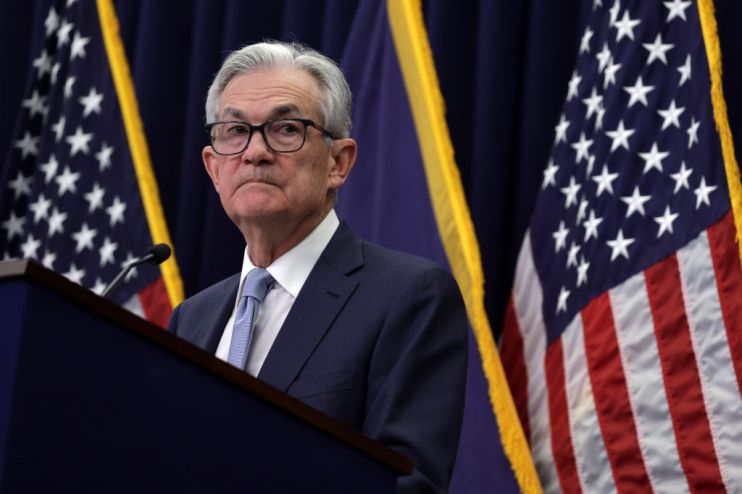US inflation to attract attention as concerns grow over Fed interest rate cuts

Markets will be hoping for stronger evidence that US inflation is falling to target when the latest figures are released on Wednesday.
The March inflation figures will be closely scrutinised given growing concern among investors that stubborn inflation will force the US Federal Reserve to wait until July to cut interest rates.
Economists expect the headline rate of inflation to rise to 3.5 per cent in March from 3.2 per cent in February on the back of strong petrol prices.
Core inflation, however, is expected to dip to 3.7 per cent from a previous reading of 3.8 per cent.
The figures will come amid growing concern about the possible persistence of inflation. Inflation overshot expectations in both January and February and the Fed recently revised up its inflation forecasts for next year.
Since the March meeting, some Fed officials have warned that they want to see further progress on inflation before cutting rates.
Jerome Powell, in contrast, sounded more relaxed when he spoke earlier this week. “It is too soon to say whether the recent readings represent more than just a bump,” he said.
According to CME’s Fedwatch tool, there is a 51 per cent chance the Fed will cut rates in June, down from 57 per cent one month ago.
“Several FOMC members have commented on the ‘bumpiness’ of US inflation in recent months and so will be keen for evidence that the disinflation trend is indeed continuing,” Lottie Gosling, economist at Investec said.
Investors will also be able to get a clearer sense of the debates going on in the Fed when minutes from the March meeting are released on Wednesday.
Central banks will again be in focus on Thursday when the European Central Bank makes its latest interest rate decision. It is widely expected to hold rates even though inflation is edging ever nearer to target.
Inflation in the eurozone fell to 2.4 per cent in March, according to a flash estimate released last week, but investors think the ECB will wait until June before starting to cut interest rates.
Policymakers are concerned that high wage growth could keep price pressures in the eurozone unacceptably high. With important wage data covering the first quarter of this year only being published in May, the central bank is very unlikely to cut interest rates before June – its first meeting after the data is published.